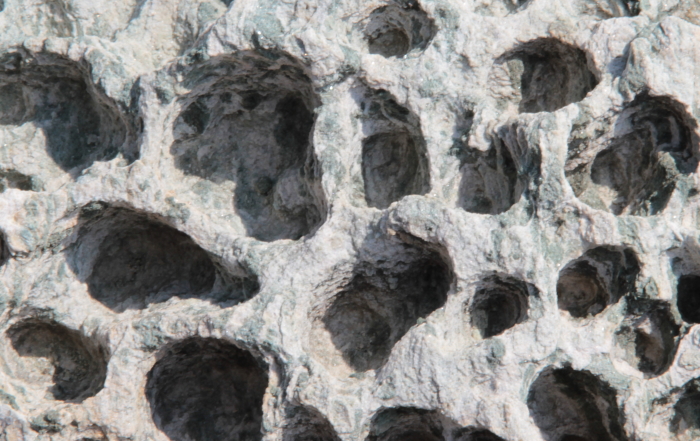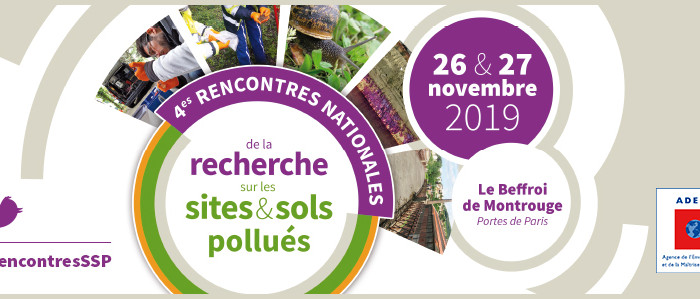eOde is involved in a wide range of activities related to environmental data analysis, from data processing to modeling, using statistics, geostatistics and GIS (software and computer languages : Matlab, R, Isatis, Isatis.neo, Kartotrak, AR2Tech-SgeMs, QGis).
In contaminated site studies, eOde maps in 2D or 3D highly polluted zones, designs sampling plans, estimates volumes of contaminated soil or groundwater, establishes initial soil volume and pollutant mass balances (Pareto-sol method) and final residual pollution amounts after treatment. eOde also provides targeted support to offices carrying out their own geostatistical studies and actively participates in the development of new methodologies through various research projects, such as REPERAGE or CARTORISK.
For the past 5 years, eOde has been requested to develop methodologies for mapping the pedogeochemical background of urban soils based on chemical analyses of solid samples, and to draw up indicative maps of soils at risk of pollution based on geodata, at the scale of a municipality, a district or a canton.
eOde is a historical actor of geostatistics of polluted sites, with an active participation for more than 20 years in the implementation of pragmatic approaches adapted to the reality of sites investigation and remediation in France and Switzerland. eOde has contributed to many training and information actions, such as :
- Creating GeoSiPol – workshop for promoting the use of geostatistics for assessing site contaminations
- Writing fact sheets and a methodological handbook for GeoSiPol
- Critical feedback on 15 years of geostatistics applied to contaminated sites for RECORD
- Feedback on the predictions of soil quantities requiring remerdiation for 23 former industrial sites for RECORD
- Review of the chapter dedicated to geostatistics in the UPDS handbook on toxic hotspots
- Numerous training sessions for contaminated sites specialists (CAS SIPOL, Aquaconsoil 2015, eOde-Geovariances workshops, etc.).
Projects
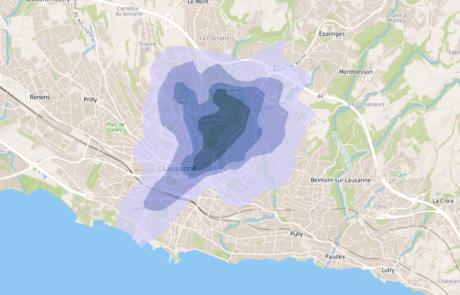
Mapping of dioxin and furan soil pollution in Lausanne in 2021
A geostatistical model as a basis for the health recommendation maps issued by the canton of Vaud for the population
FGU – Determination of normal background concentrations in urban and peri-urban soils in France
A national project to define distributions and map normal background values in soils of the cities and their periphery
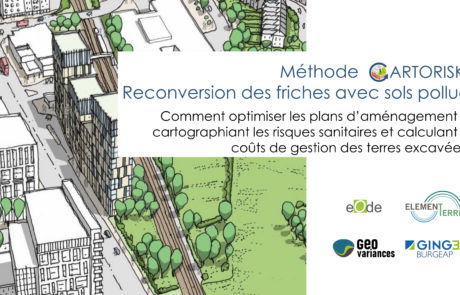
CARTORISK – Geostatistical mapping of health risks
An innovation project to develop a method for health risks mapping and define its implementation in the decision process of brownfields redevelopment
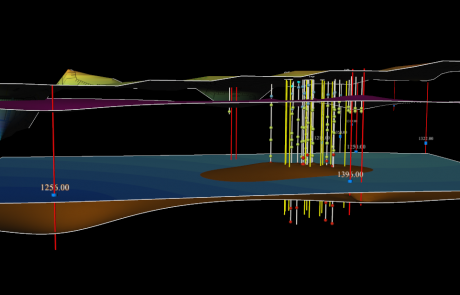
Geostatistical estimation of a contaminated area and its in situ remediated mass of chlorinated hydrocarbons
An original approach based on a double geostatistical modeling - before and after in situ remediation
Events
Tailored trainings in geostatistics applied to contaminated sites and urban soils
eOde proposes tailored trainings in geostatistics applied to contaminated sites and urban soils. In 2018 for example, eOde delivered an in-house 1-day course to the project managers of ADEME at Angers, while in 2014, [...]
4th national meeting on polluted sites and soil research – 26-27 November 2019 in Beffroi de Montrouge, portes de Paris
eOde collaborators were at the 4th national research meetings on polluted sites and soils organised by ADEME. Hélène Demougeot-Renard gave a presentation entitled "Geostatistical mapping of sanitary risks for brownfield conversion" and Sonia Tarnawski presented [...]

